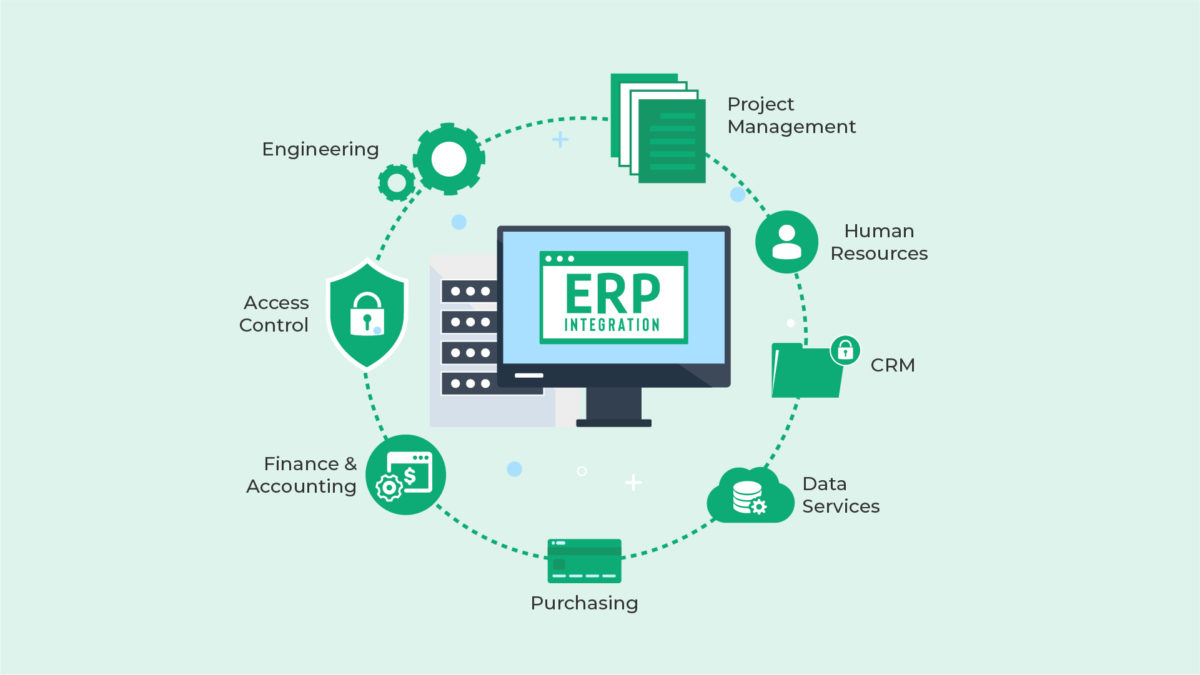Unlocking Tomorrow: My Journey into ERP Data Science Integration
Remember those days when your business felt a bit like a ship sailing by stars alone? You knew where you wanted to go, you had a compass (your ERP system), but navigating the unpredictable waves of the market often felt like guesswork. You had mountains of data, yes, but they were just… data. Raw, unrefined, and often overwhelming.
That was me, not so long ago. Our Enterprise Resource Planning (ERP) system was the beating heart of our operations. It processed orders, managed inventory, handled finances, and kept everything ticking. It was robust, reliable, and absolutely essential. But it was also, in a way, a historical record keeper. We could generate reports about what had happened – how many units sold last quarter, what our expenses were last month, which customer was most profitable last year.
And don’t get me wrong, those reports were valuable. They told us where we’d been. But I always felt a nagging question in the back of my mind: "What about tomorrow? What will happen?" We were constantly reacting, fixing problems after they occurred, and making decisions based on past patterns that might not hold true for the future. It felt like driving a car by only looking in the rearview mirror.
The Elephant in the Room: Our ERP’s Untapped Potential
Our ERP was collecting a goldmine of information. Every transaction, every customer interaction, every production run – it was all there, meticulously recorded. But this goldmine was mostly un-mined. We were using our ERP for operational efficiency, but not for intelligence.
We wanted to:
- Predict demand more accurately, instead of guessing.
- Understand why customers left us, not just that they left.
- Optimize our supply chain before bottlenecks occurred, not after.
- Identify potential financial risks proactively, not retrospectively.
This ambition started feeling like a puzzle missing a crucial piece. We had the engine (ERP) and the fuel (data), but we lacked the navigation system to truly steer us towards the future.
Whispers of a New World: What is Data Science, Anyway?
Then, I started hearing whispers about "Data Science." It sounded sophisticated, a bit intimidating, and frankly, like something for tech giants, not for us. But the more I dug, the more I realized it wasn’t magic, but logic.
Imagine Data Science as a powerful magnifying glass and a crystal ball rolled into one. It’s the field that uses scientific methods, processes, algorithms, and systems to extract knowledge and insights from structured and unstructured data. In simpler terms, it’s about asking smart questions to your data and getting actionable answers.
And the "crystal ball" part? That’s predictive analytics and machine learning. Instead of just telling us what did happen, data science could help us understand why it happened, and even better, what is likely to happen next.
Suddenly, the connection clicked. Our ERP system was the perfect data source for this new "data science" superpower. It held the keys to unlocking a smarter way of doing business.
Building the Bridge: How We Integrated Them
The idea was simple: What if we could take all that rich, historical data from our ERP – sales figures, inventory levels, customer demographics, production logs – and feed it into a Data Science engine? What if we could teach algorithms to spot patterns, predict trends, and even recommend actions?
This wasn’t about replacing our ERP. Oh no, our ERP was still crucial for day-to-day operations. This was about augmenting it, giving it a brain that could learn and foresee.
The process, simplified for a beginner like me, looked something like this:
- Data Extraction: We needed to securely pull relevant data from our ERP. Not just raw numbers, but structured datasets ready for analysis.
- Data Cleaning & Transformation: ERP data, while structured, isn’t always perfect for direct analysis. It might have inconsistencies, missing values, or need to be reshaped. Data scientists are like meticulous librarians, organizing everything perfectly.
- Model Building: This is where the magic of Data Science happens. Algorithms (like machine learning models) are trained on the cleaned ERP data to identify relationships, predict outcomes, or classify information. For example, a model might learn to predict which customers are at risk of leaving based on their past purchasing behavior and interactions, all sourced from the ERP.
- Insight Generation: The models generate predictions, classifications, or recommendations. These aren’t just raw numbers; they are translated into actionable insights.
- Feedback Loop & Action: These insights are then fed back into our decision-making processes, sometimes even directly back into the ERP for automated actions (like reordering stock based on a predicted demand surge). This creates a continuous learning cycle.

